PPT-Real world example: Stuxnet Worm
Author : faustina-dinatale | Published Date : 2018-11-10
Stuxnet Overview June 2010 A worm targeting Siemens WinCC industrial control system Targets high speed variablefrequency programmable logic motor controllers from
Presentation Embed Code
Download Presentation
Download Presentation The PPT/PDF document "Real world example: Stuxnet Worm" is the property of its rightful owner. Permission is granted to download and print the materials on this website for personal, non-commercial use only, and to display it on your personal computer provided you do not modify the materials and that you retain all copyright notices contained in the materials. By downloading content from our website, you accept the terms of this agreement.
Real world example: Stuxnet Worm: Transcript
Download Rules Of Document
"Real world example: Stuxnet Worm"The content belongs to its owner. You may download and print it for personal use, without modification, and keep all copyright notices. By downloading, you agree to these terms.
Related Documents

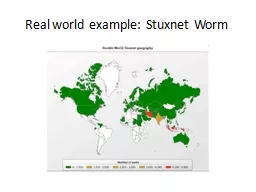
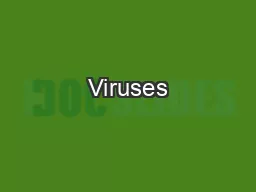
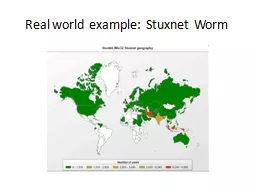
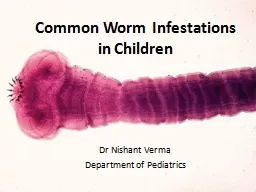
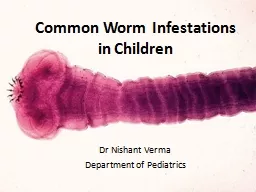
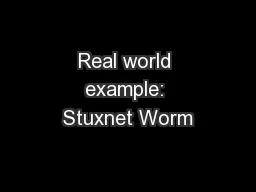
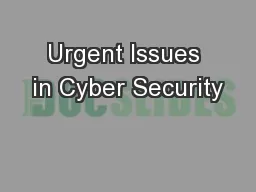

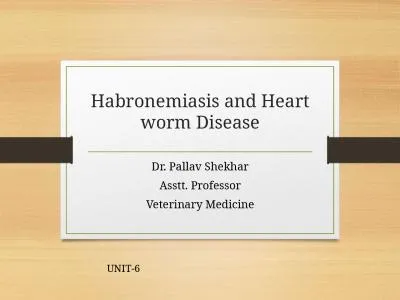
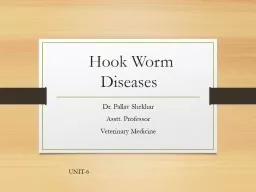
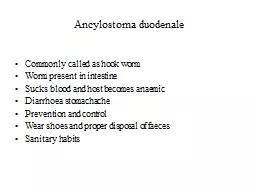
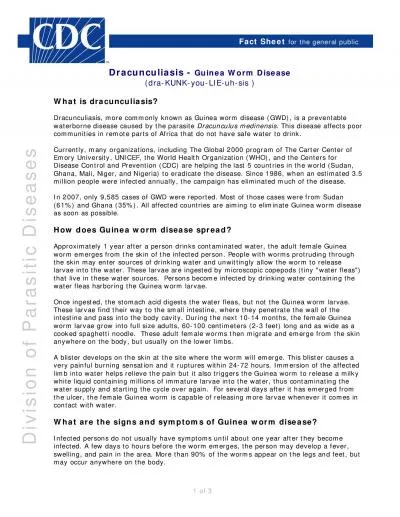
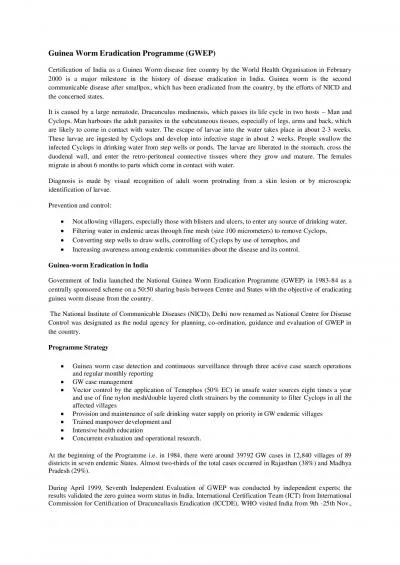
![[eBOOK]-Stuxnet: The Revenge of Malware: How the Discovery of Malware from the Stuxnet](https://thumbs.docslides.com/986222/ebook-stuxnet-the-revenge-of-malware-how-the-discovery-of-malware-from-the-stuxnet-family-led-to-the-u-s-government-ban-of-kaspersky-lab-anti-virus-software.jpg)